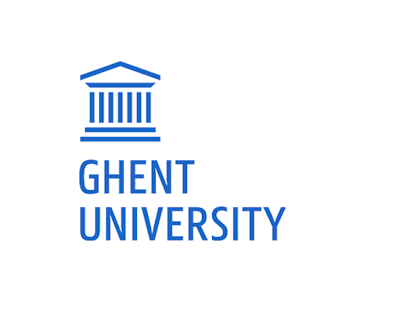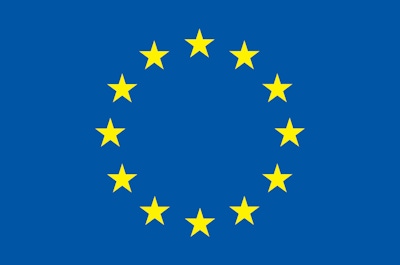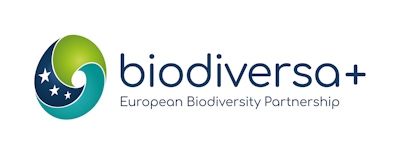news
The Scheldt Estuary
As one of the four TRANSNATURE case studies, the current transboundary cooperation in the Scheldt Estuary, the case study we examine at Ghent University, is based on a long-standing history of cooperation and conflict.
Nienke van der Burgt
Post Doc Researcher at Ghent University
 Nienke van der Burgt
Nienke van der BurgtStakeholder conversation
Transboundary cooperation goes back as early as the 1839 Separation Treaty between Belgium and the Netherlands. It is important to understand that the need for cooperation finds its basis in the accessibility of the Scheldt as its mouth lies on Dutch territory and then the river flows through Belgium to reach the port of Antwerp. The explicit introduction of nature concerns has been included in later treaties, such as by the 1995 Treaty on the widening of the Western Scheldt.
The current Scheldt Treaty establishes that the main objectives of cooperation aim at maximum flood protection; optimal accessibility of the Scheldt ports; and a healthy and dynamic estuarine ecosystem. This makes the Scheldt Estuary a very interesting, dynamic and complex case study where different interests are at stake, alongside a plurality of authorities and non-governmental organizations that are involved in the governance processes. This complexity is further aggravated by the introduction of new challenges, as nitrogen deposition and the accumulation of microplastics in the estuary.
Our researchers at Ghent University had first introductory meetings with members of the Flemish-Dutch Scheldt Commission and the Scheldt Council, the official advisory body to the Commission. From these conversations it became clear that strong governance structures are in place to facilitate the transboundary cooperation between Flanders and the Netherlands. These innovative governance mechanisms include the common development of a long-term vision on nature within the Scheldt Estuary by various stakeholders. These stakeholders include representatives from agriculture, nature, recreation, civil initiatives, port companies, knowledge institutes, governments, and the Commission itself. The starting point for developing such a shared vision is the development of a ‘system analysis’, which provides an overview of the current state of nature in the Scheldt Estuary and identifies prevailing trends. The analysis is the result of ‘joint fact finding’, a process that comprises a collaborative exercise of collecting facts undertaken by the Flemish-Dutch Scheldt Commission, scientists, and a large number of stakeholders, engaged in various aspects of nature around the estuary.
In the coming months, we are looking forward to speaking with all stakeholders, bilaterally and in focus groups, to analyze the strengths and weaknesses of, amongst others, these governance processes. This analysis is done with the overall aim of providing practical recommendations for transboundary areas which cooperate to protect biodiversity, including in dealing with newly emerging challenges.





